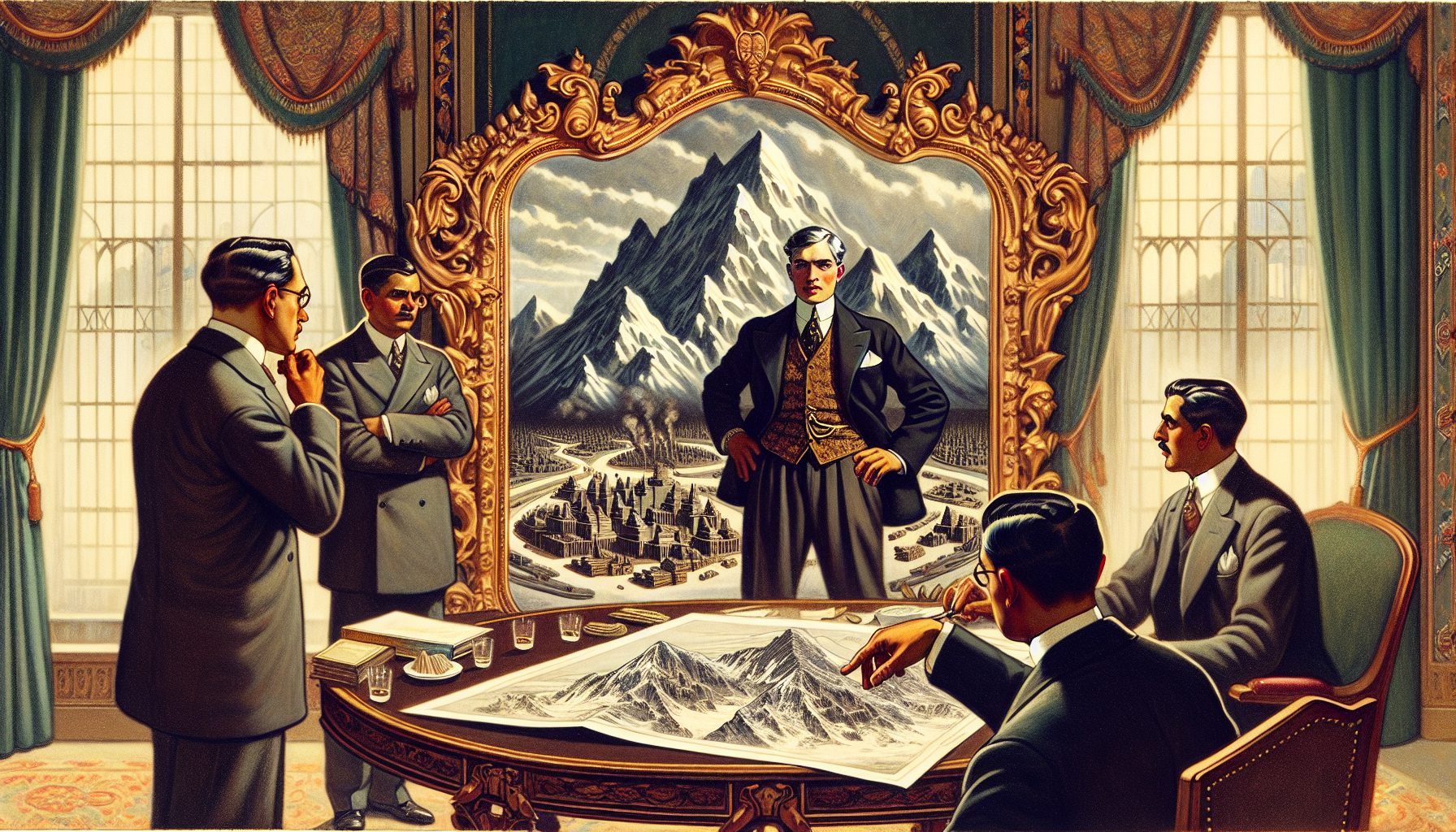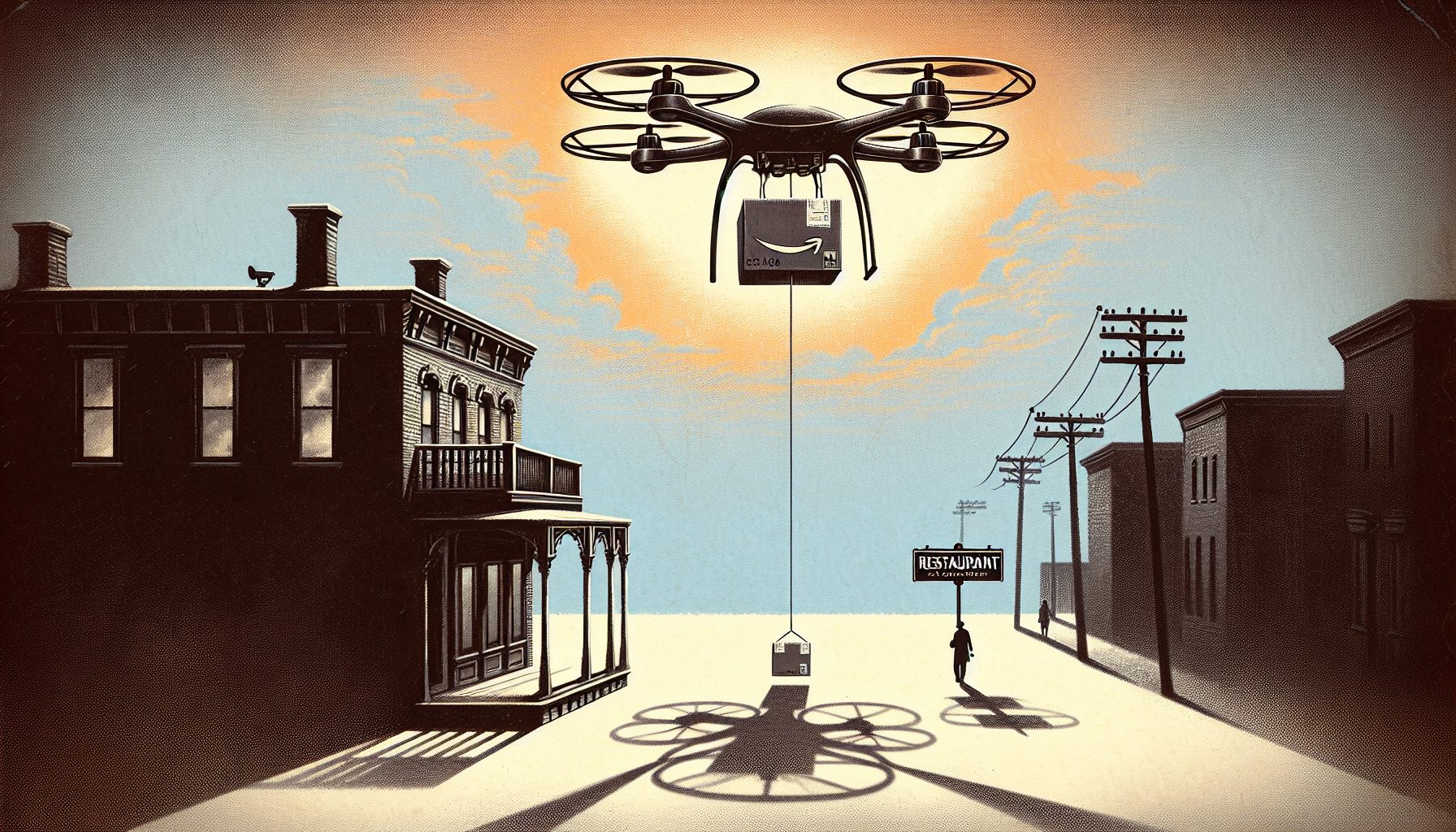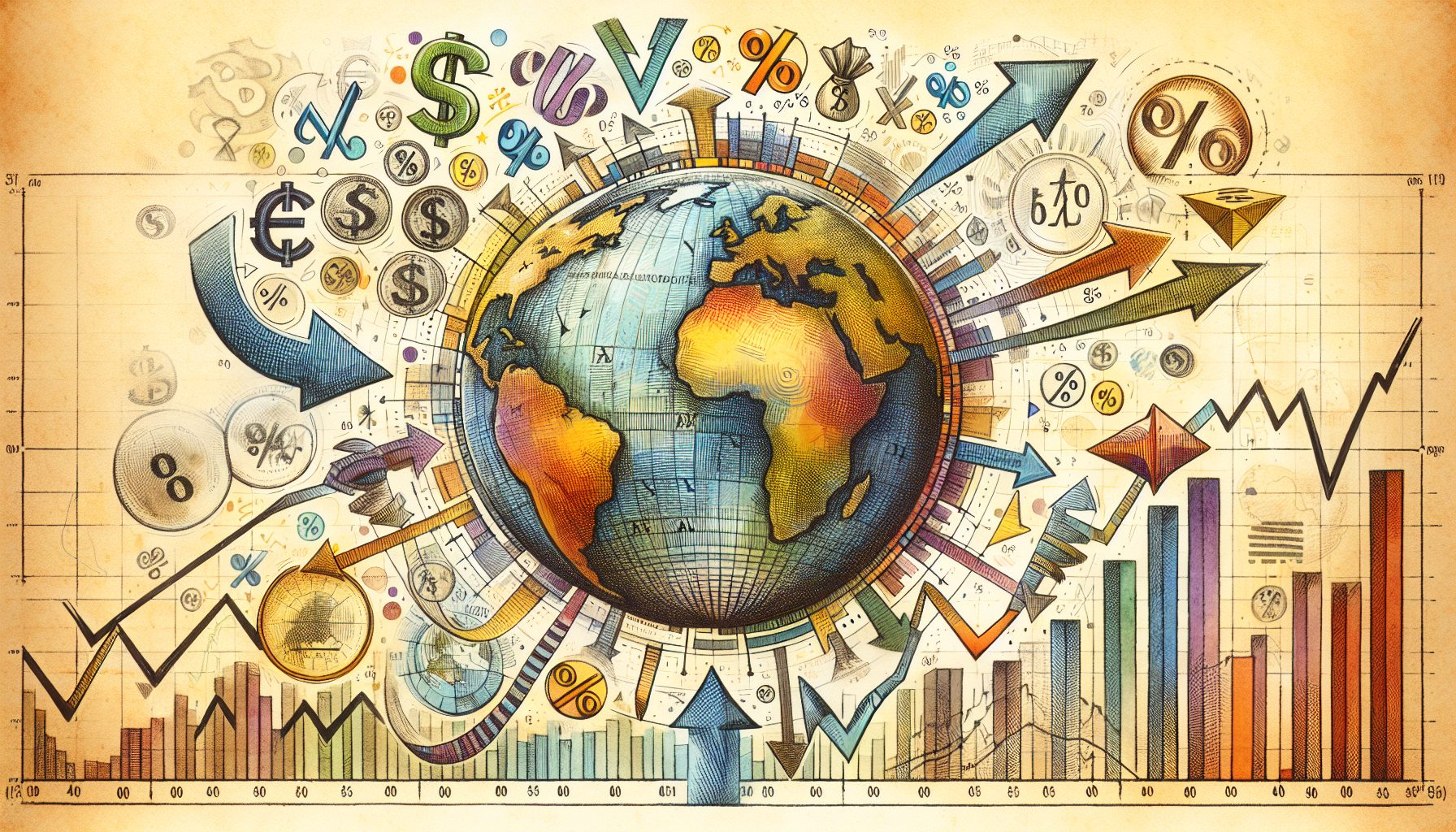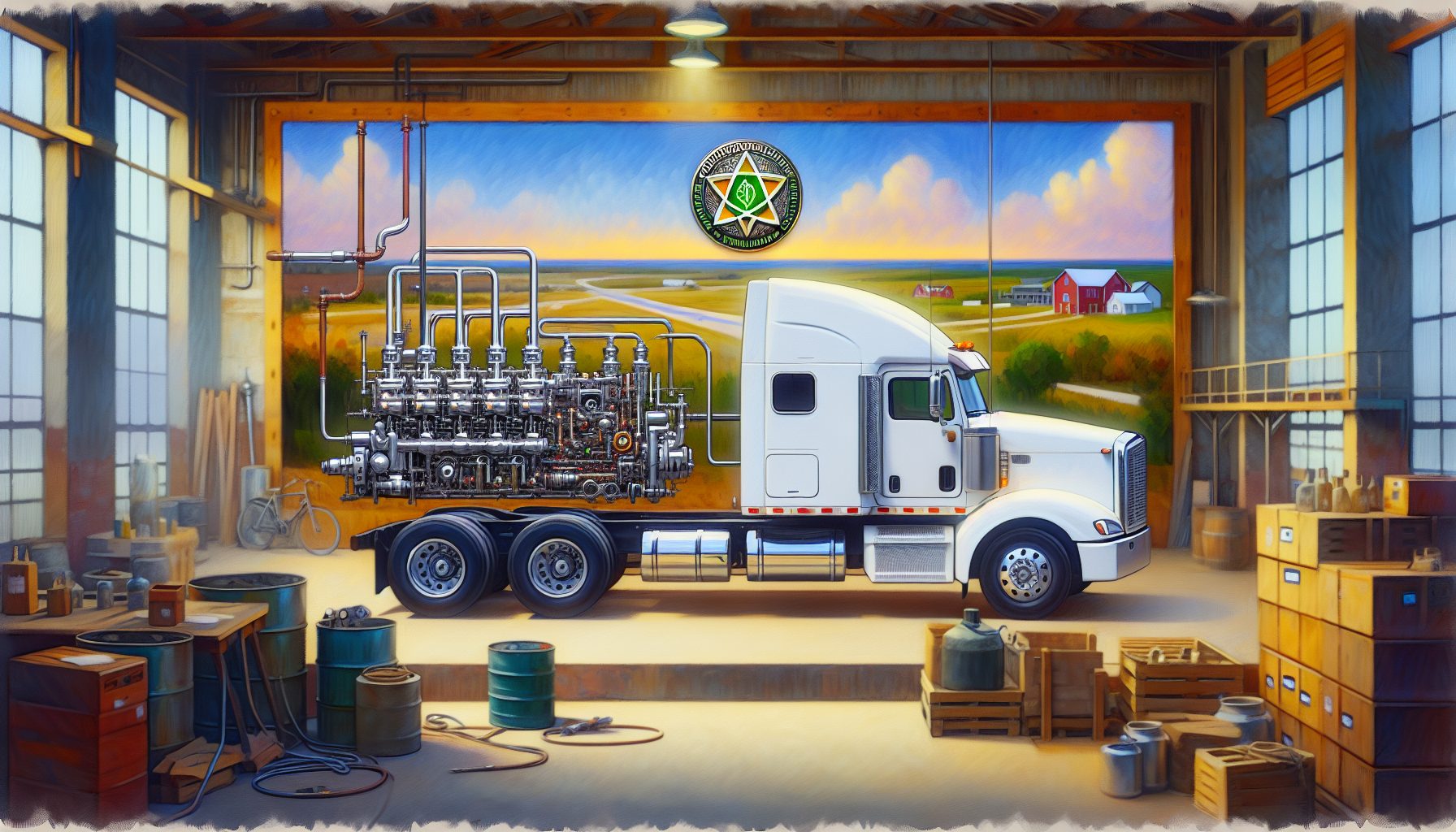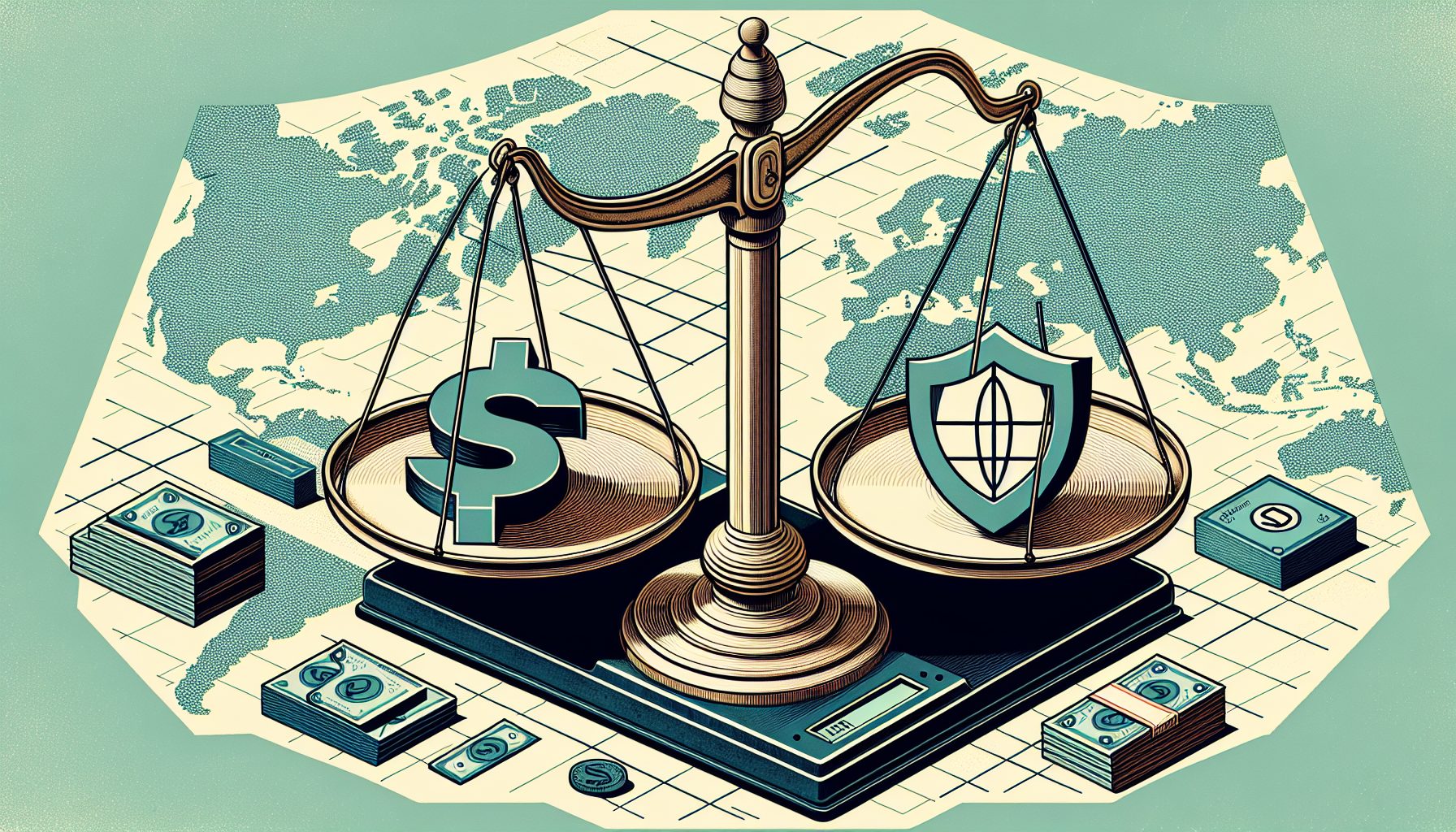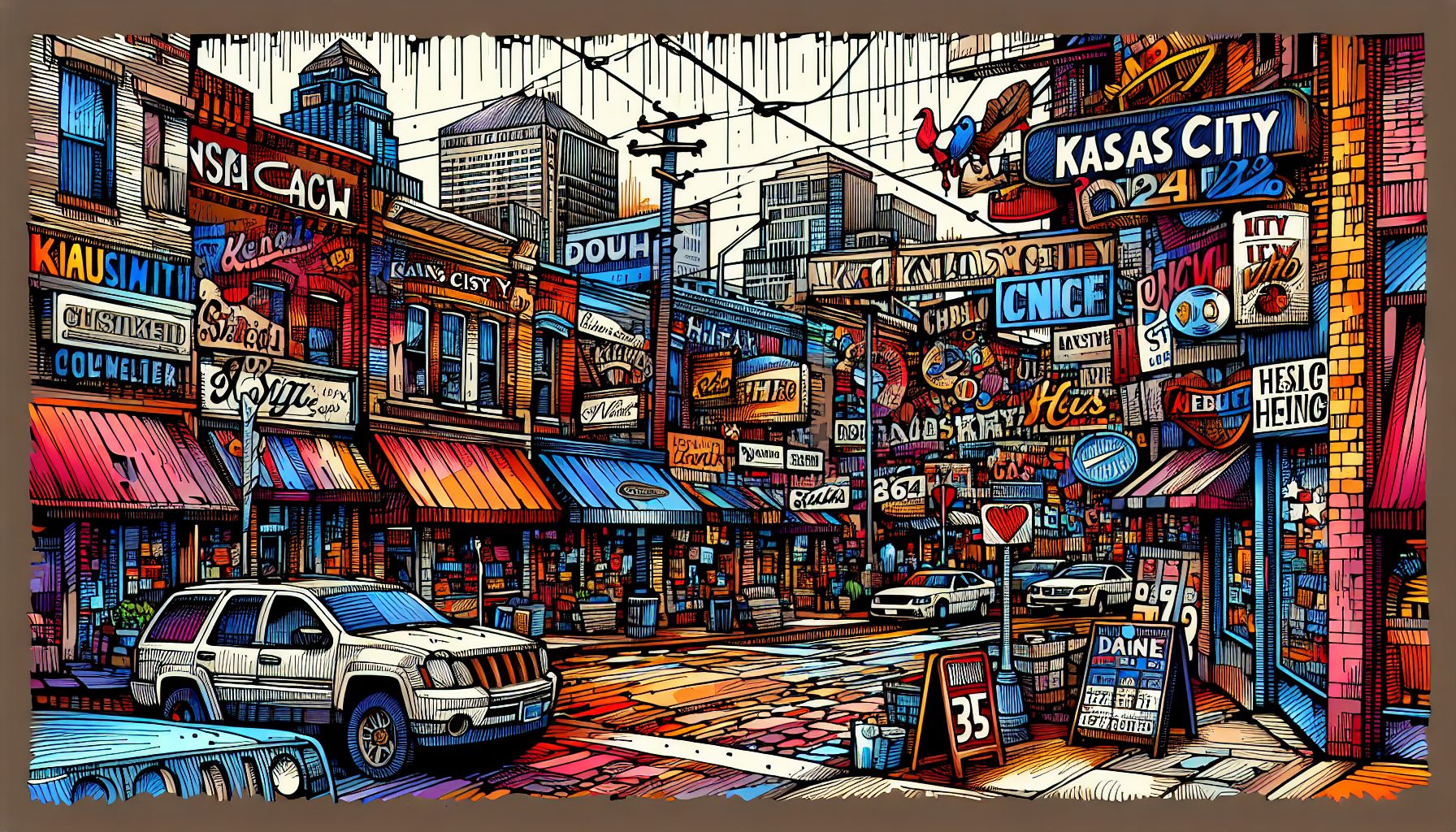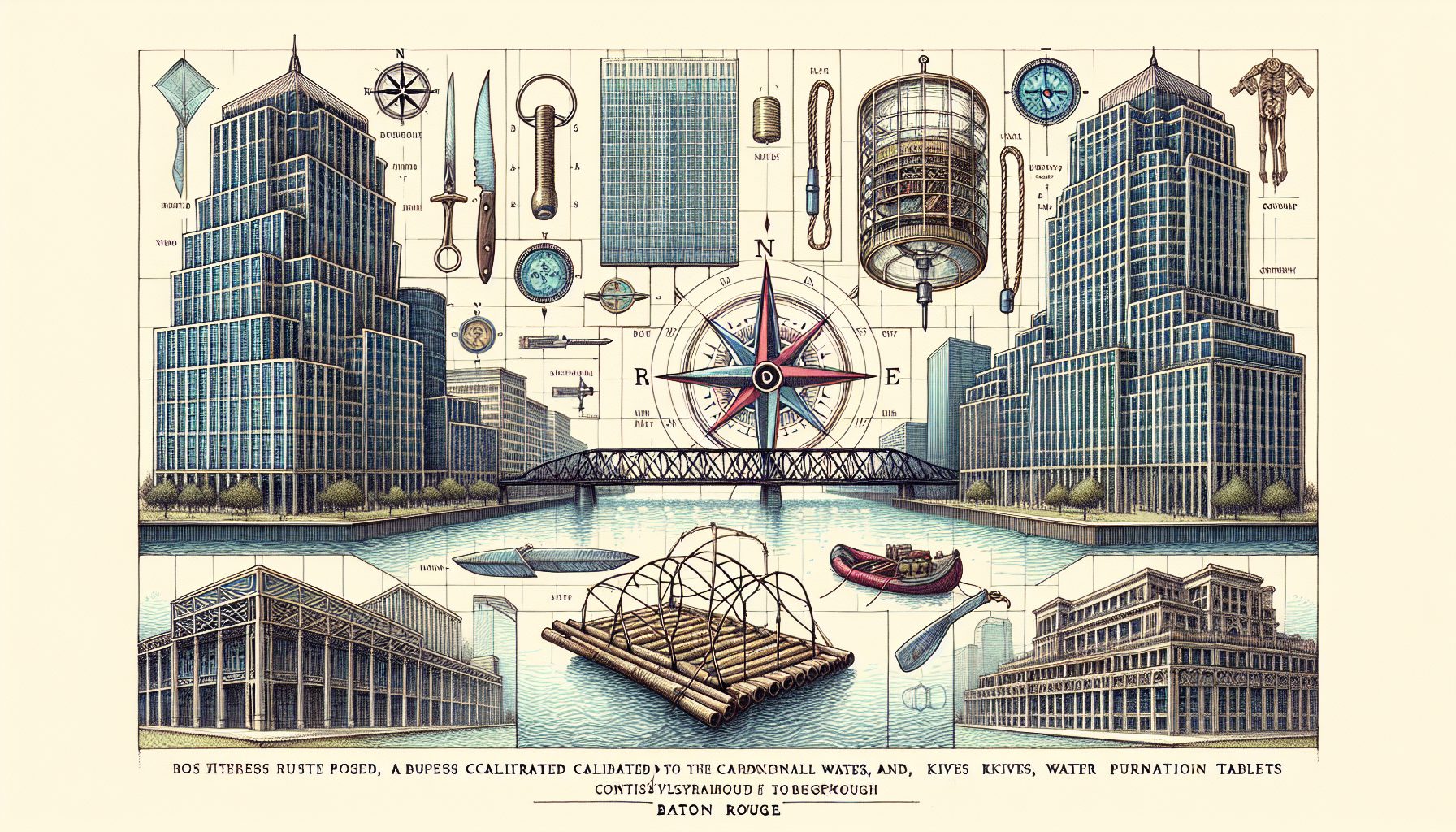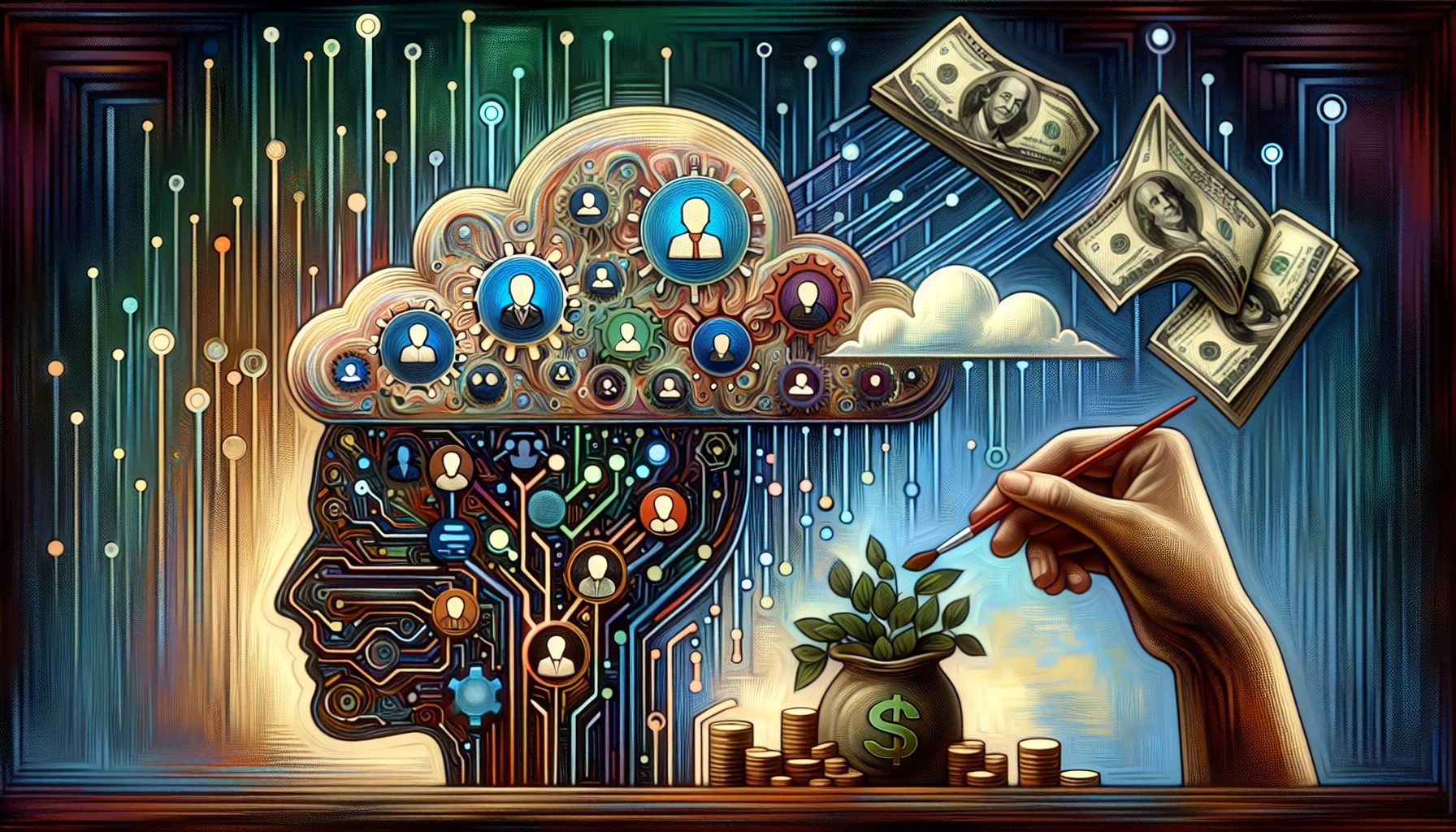Last month, I leased a new 2015 Acura TLX. Like many of today’s vehicles, it pushes the boundaries of technology.
The car can essentially steer itself on the freeway, and it issues warnings and alerts if I veer out of a lane or don’t brake quickly enough. (A more expensive package automates braking as well.) It also can do many other things that once seemed straight out of science fiction novels.
Meanwhile, the Tesla Model S offers automated steering, speed controls, lane changing and parking. And the self-driving Google Car continues to advance. It has accumulated more than 1 million autonomous miles, and it has yet to be the cause of a collision.
Fully autonomous and commercially available self-driving cars aren’t far off. We’ll probably have them within five years.
But the big news isn’t that we may find ourselves riding in a vehicle that’s on autopilot and requires no human input. It’s that autonomous vehicles will radically change business models— and, ultimately, our lives.
The Wall Street Journal reports that the United States and China will consume about 40 million light vehicles (under 8,500 pounds) in 2015, and the figure could rise to 100 million vehicles by 2020. But, remarkably, the utilization rate for vehicles is incredibly low. In the U.S., it’s about 5 percent, which means that the typical car is used only about an hour a day. The rest of the time it is simply sitting in a garage or a parking space.
Enter the sharing economy. The ability for multiple people to use the same car becomes feasible and practical with self-driving vehicles. Suddenly, there’s no need to buy a car because, in the new model, you simply pay for the miles driven. Think of this as ZipCars on steroids.
Morgan Stanley reports that beyond practical benefits such as reduced pollution, diminished traffic and the near-elimination of collisions, autonomous vehicles could result in a savings of $1.3 trillion in the U.S. and upward of $5.6 trillion globally.
However, what’s good for society isn’t necessarily good for businesses. This level of disruption could radically change the auto industry. Already, Tesla, Apple and others are inching into the business. Autonomous vehicles could also put today’s disruptive companies—Uber, Lyft and ZipCar—out of business, unless they can adapt to these changes.
The only thing predictable about the future is that disruption will rule—in the auto industry and beyond. In this new order, building a foundation for digital business is paramount.


